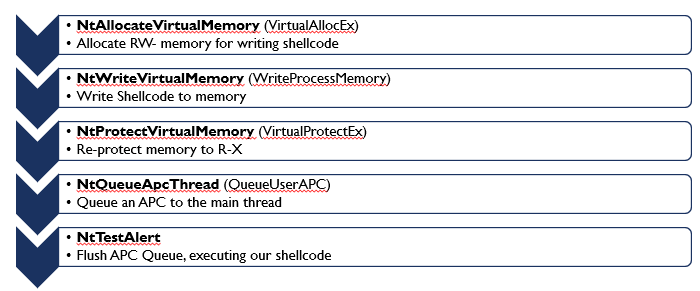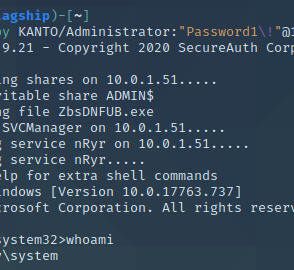

Stichting Registrar of Last Resort Foundation As seen in the image below, for the SUNBURST-specific infection vector, C2 behaviors move through three distinct stages: the initial DNS communication to the common first-stage C2 node (avsvmcloudcom) the follow-on receipt and communication to a second-stage C2 node passed via a Canonical Name (CNAME) response to the initial DNS request and finally a third-stage C2 corresponding to the Cobalt Strike Beacon payload installed on victim machines. SUNBURST-Related Command and Control Overviewīased on reporting from multiple vendors, there was already strong suspicion that SUNBURST and related campaign network infrastructure was likely victim-specific at least during certain stages of the intrusion.
How to evade ids detection with cobalt strike beacon software#
Therefore, multiple entities aside from those using the affected versions of SolarWinds Orion software must be cognizant of and actively defending against this actor’s operations-yet a defense based on indicator alerting and blocking will fail given this actor’s OPSEC capabilities. Furthermore, as revealed by CrowdStrike, MalwareBytes, and potentially Mimecast, we also know that the “SolarWinds actor” leverages additional initial infection vectors (most notably abuse of Office365, Azure Active Directory, and related Microsoft-based cloud services). The above discoveries emphasize that an indicator-centric approach to defending against a SUNBURST-like attack will fail given this adversary’s ability and willingness to avoid indicator reuse.

Among other interesting observations, Microsoft’s most-recent reporting identified the following items: Yet, perhaps the most in-depth analysis of the intrusion at the time of this writing was published by Microsoft on 20 January 2021. Since initial disclosure first by FireEye then Microsoft in mid-December 2020, additional entities from Volexity to Symantec to CrowdStrike (among others) have released further details on a campaign variously referred to as “the SolarWinds event,” “SUNBURST,” or “Solorigate.” DomainTools provided an independent analysis of network infrastructure, defensive recommendations, and possible attribution items in this time period as well. If you would prefer to listen to The DomainTools Research team discuss their analysis, it is featured in our recent episode of Breaking Badness, which is included at the bottom of this post.


 0 kommentar(er)
0 kommentar(er)
